In a modern world with varied and skyrocketing demand for energy, there are myriad solutions being developed to meet the increased pressure being placed on traditional power production facilities. A clear acceptance of the negative impact that existing production methods have on the environment, and the increased costs associated with them, have meant that new “greener” solutions are being tested and developed around the world. Many renewable power generation methods such as solar panels, wind turbines, or micro-hydro are well known, though one slightly more unorthodox method being re-introduced in recent years is the use of a bike for electricity. The basic technique of using a bicycle to generate electricity is not new to modern times, though innovative and imaginative techniques are being applied that are both improving upon, and enhancing the efficiency of these systems.
How Does It Work: Pedal-Power for Electricity?
Using a bike for electricity may sound a bit out of the ordinary, though the basic mechanics/engineering of the idea are likely clear from the outset – we trade our physical energy in the form of turning the pedals and cranking the gears, and in return the turning wheel acts as the input to a generator that converts your physical effort into electricity.
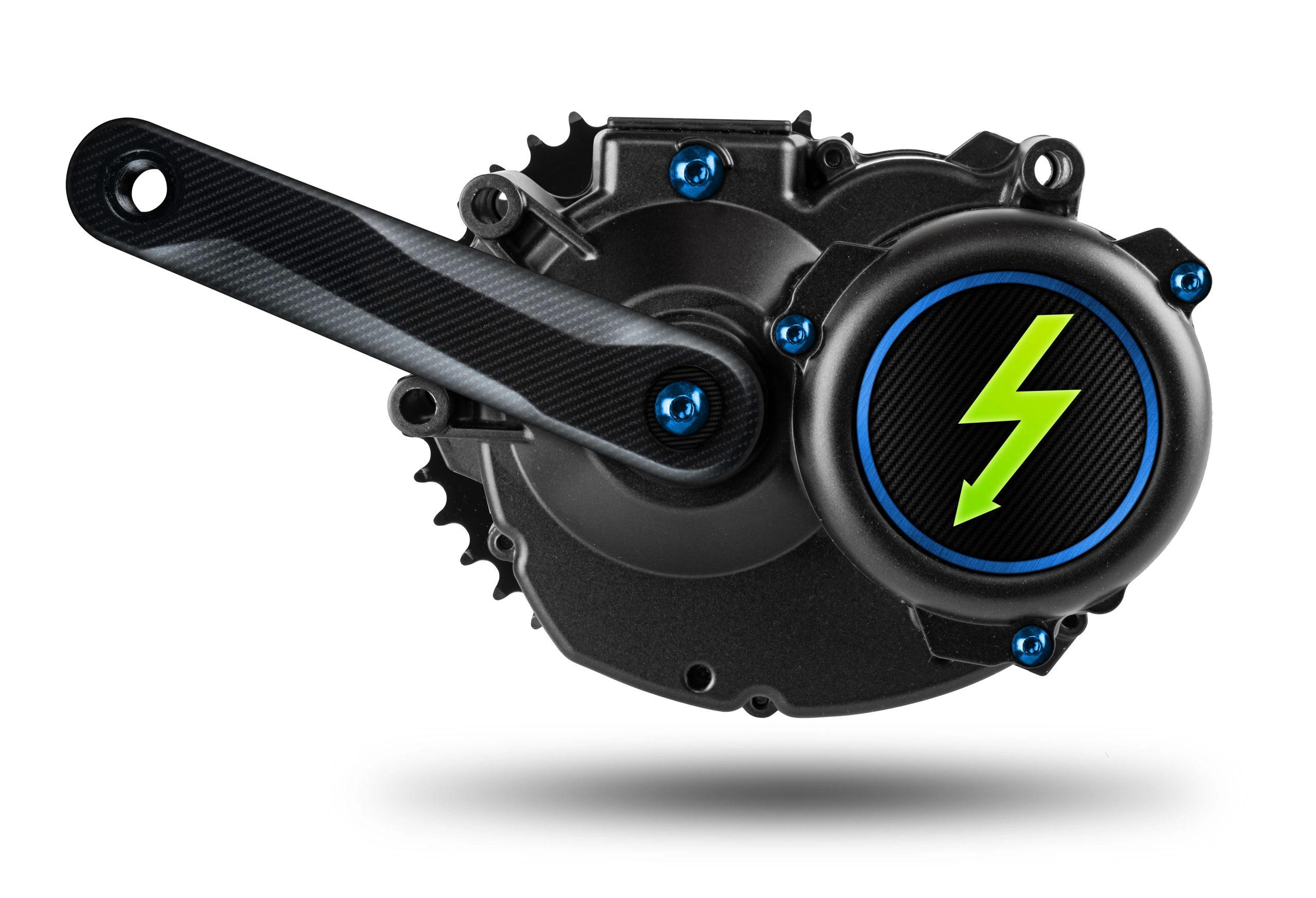 The form and function of the electricity generated can be handled in a few different ways, either stored in a battery, or other energy storage medium, or directly applied to a specific device. Of course, the moment you stop pedaling, the bike will no longer generate electricity – so if your goal is to ensure your kids can only watch TV as long as they are pedaling, then it is no problem, though in most cases the power created will be part of a larger power collection system you have in place, which will include power storage in some form of battery.
The form and function of the electricity generated can be handled in a few different ways, either stored in a battery, or other energy storage medium, or directly applied to a specific device. Of course, the moment you stop pedaling, the bike will no longer generate electricity – so if your goal is to ensure your kids can only watch TV as long as they are pedaling, then it is no problem, though in most cases the power created will be part of a larger power collection system you have in place, which will include power storage in some form of battery.
It’s as easy as riding a bike
A Modern Bike for Electricity
A simple and often referenced example of a pedaled bike that is used to generate power is the Electric Fender Blender Pro stationary bike, designed essentially to operate a blender. While this example is relatively simple, it demonstrates the basic principles that are used in the conversion of physical effort into generating electricity, and powering a device.
The FenderBlencder is by no means the only demonstration of a bicycle generator, with another being the
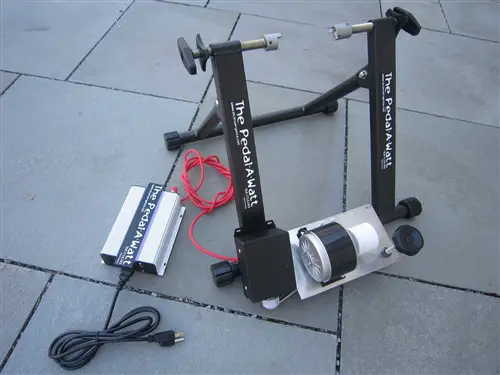
Pedal-A-Watt. A great demonstration video of the Pedal-A-Watt that highlights a number of the interesting and technical features of their technology is available here: Pedal-A-Watt Video Demonstration.
K-Tor is an additional company that has also worked in the development of pedal power production, and have their own devices and unique tools that demonstrate excellent examples of human generated power: K-Tor.
In the pursuit of finding other technologies that highlight human-powered power generation, it is also worth noting WeWatt, which is company that creates very insightful and inspired furniture that has a built in bike for electricity generation: WeWatt.
Flywheels and Balancing Power Input
The actions and physical mechanics involved in riding a bicycle are fairly obvious, though the inconsistency of the activity means that it is necessary to involve some form of regulator to ensure the power generated has a consistent and regular flow. As an example, during the rotation of the pedals, when the feet are at the top or bottom of the cycle, no energy is being produced. While this may seem only momentary, it does impact the flow of energy into the system, creating irregular current flow.
To achieve a more regulated flow of energy, a flywheel is used, which takes the kinetic energy of the pedaling, and moves it to a ‘fly wheel’, which is essentially another balanced spinning wheel, that maintains a more consistent spin and rotation, allowing the input of power to your system to be consistent and smooth flowing. Whether a peak of energy, or a trough of non-production, the flywheel continues to ensure your system is supplied with steady, consistent and non-spiking energy.
Flywheels are generally very heavy, and do not lend themselves easily to portability however, and this point may impact those who are looking for portable solutions that do not involve heavy lifting.
How much electricity can you create
100 Watts per hour
2400 Watts (2.4 kW) per day (24 hours if continuously riding)
72,000 Watts (72 kW) per month (30 days x 24 hours/day)
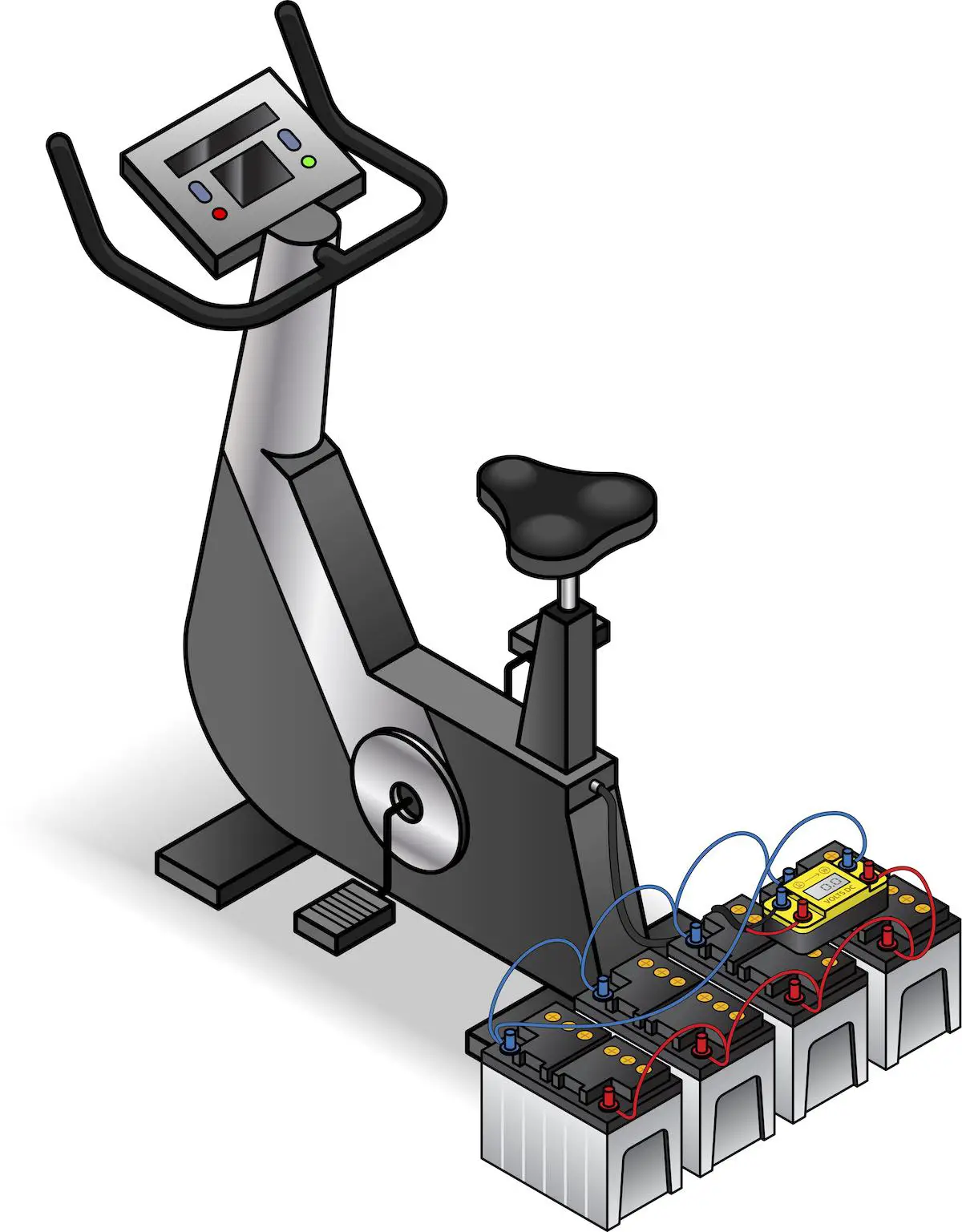 These numbers are an average, based on a typical style of riding a bike. Of course, more electricity can be produced if the intensity of the ride is increased. That said, the harder the intensity and effort extended by the rider, the more calories burned and the more fatigued the person will be.
These numbers are an average, based on a typical style of riding a bike. Of course, more electricity can be produced if the intensity of the ride is increased. That said, the harder the intensity and effort extended by the rider, the more calories burned and the more fatigued the person will be.
In most scenarios, using a bike for electricity would never likely be the sole source of power for a home. A normal grid-connected home in the US will use a substantial amount of power per day, so using pedal power as a sole source of electricity production in your home is entirely impractical. That said, it can be an effective addition to your power generation strategy, and add something to your capacity, while also providing a little extra exercise and fun to your every day life.
Power conversion – DC to AC
In order to make use of the power generated by a pedal powered device, it is necessary to convert the type of electricity being produced. Generally, this conversion is completed using components that are fitted to your bike/pedal unit that are then connected to an electric generator/converter, and finally then to a battery which stores the power your effort has created. The beauty of the Bike for Electricity concept is that you can simply take your regular road-worthy bike and pedal away to create some additional stored energy. Such a setup also provides a great opportunity to demonstrate the feasibility of pedal power using an incandescent light bulb or something as simple as a lamp, to highlight how such conversion of human energy to electrical energy is done. It will be worth noting however, the limited amount of power such systems can produce in the context and requirements of an average home.
Whether you’re looking to go green (more on this below) or have these bikes for educational purposes, they can give you enough energy charge smaller devices such as a phone, tablet, laptop, and possibly even a smaller flat screen television – power output of most pedal power systems have a maximum output rating of 100 watts/hr. This means, for example, you could theoretically produce around 3000 watts of energy over the course of a month if you pedal an hour each day for 30 days; however, even with such daily activities, it is clear that a single bike for electricity alone will fall short of producing sufficient power for the needs of typical home. That said, as a small piece of your overall power mix, a bike for electricity does add a small portion to your energy store, and ensures some great exercise in the process!
Efficiency of Biking for Electricity And Associated Challenges
The previous statements regarding the amount of energy available from pedal power should make it clear that it would never be sufficient as a singular power source for a home. Additionally, any mechanical device will invariably require maintenance, and components will fail over time. Whether it is a slipped-gear, a broken pedal or some other part of the system – these types of problems need to taken into account in scenarios where you may consider using a bike for electricity.
Additionally, the fundamentals of energy loss in the conversion of electricity from DC/AC or AC/DC always

results in a loss in actual stored energy. Other components, such as voltage regulators and other components also take a small percentage of the total stored energy to function, and this will impact the actual stored result of your pedal power efforts. Of course, any friction-based system will also result in energy loss in the form of heat, or other energy losing elements, and all of this takes a heavy toll on the effectiveness of pedal power as an effective singular power source of any substantial amount.
Summary
It certainly seems to be an attractive option to consider using a bike for electricity, and if the efficiency and resultant power output could be enhanced to a level that such efforts would provide substantial power, then they definitely would be a consideration for many. The reality is however, that pedal power at this time does not generate sufficient power to be an effective source of substantial benefit, and obviously is limited in use. That said, the benefits for charging smaller devices, and/or using small televisions or other devices may be attractive in certain circumstances. Of course, there is also that great benefit of keeping yourself or your family active, and this is perhaps a great tangential benefit of considering a bike for electricity as part of your power mix.
For some other great articles on other power systems, lifestyle, unique homes and other simple living and lifestyle ideas, check out some of our other articles on Lifestyle and Simple Living, and learn more about some great solutions and inspirations. Also be sure to check out all of our articles on Backyard Bunkies, Garden Houses and Sheds, and all the various inspirations that we’ve highlighted at TAG Level.












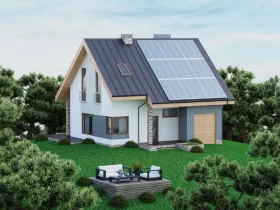










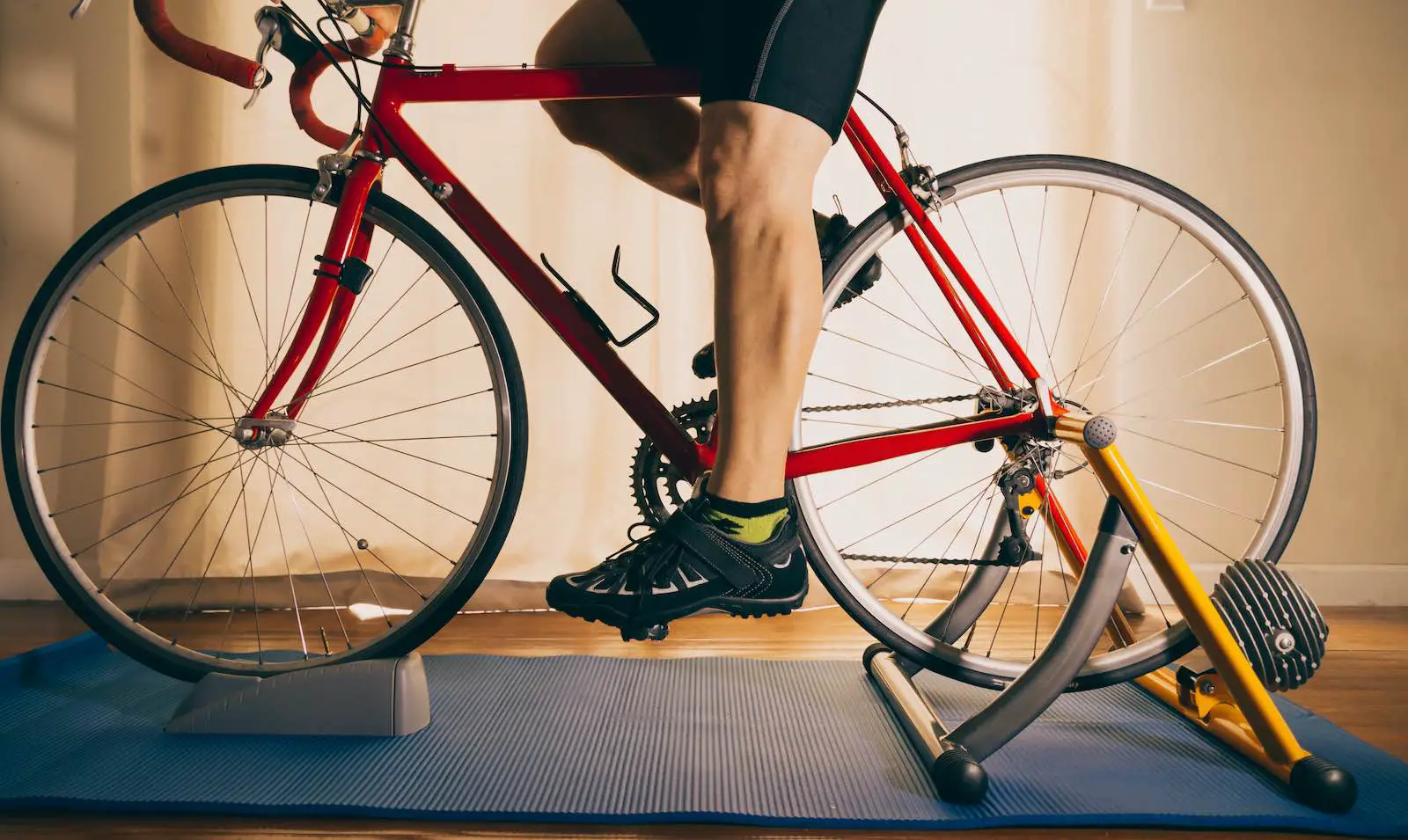















Leave a Reply